If you’re looking for a new
bread baking project to get you through winter this year, may we suggest a hearty loaf of Irish brown bread? It’s technically a quick bread (meaning no yeast or rise) and has a dense yet tender interior that’s as good for eating with butter and jam as it is for dipping into a creamy winter soup. It’s also the perfect pairing for many of our other St. Patrick’s day inspired foods, like our Irish beef stew or our corned beef and cabbage (a corned beef sandwich on this bread would be incredible). Here’s everything you need to know to ace it:
What is the difference between Irish brown bread and Irish soda bread?
Though there are several similarities between the two, they vary greatly in flavor. Irish soda bread is generally a little sweeter, like a scone, and made with white flour. Brown bread, on the other hand, is more savory with a nuttier flavor. It’s usually made with wholemeal flour, but we used whole wheat in this recipe. What both Irish breads have in common is that they’re leavened with baking soda (hence the name soda breads). The leavener works with the acidic buttermilk to help the bread rise.
Whole wheat flour vs. all-purpose flour:
Whole wheat flour is what gives Irish brown bread its nutty flavor and hearty texture. While you could substitute with using entirely all-purpose flour here, it wouldn’t produce the same results as far as flavor and color. Try to find the highest-quality whole wheat flour available at your local grocer or health food store. We used King Arthur Whole Wheat Flour when testing for this recipe. If you can find stone-ground, even better! The real key is blending both whole wheat and all-purpose, which creates a loaf that’s soft with great texture and a good rise.
Variations:
You’ll sometimes see raisins, currants, and chocolate chips in Irish soda bread, but brown bread tends to lean more savory. We’ve never found raisins in Irish brown bread, but we have discovered that many home cooks have their own favorite add-ins, like oats, wheat germ, seeds, and nuts. Here we kept it pretty straightforward, but feel free to play around with the recipe.
Storage:
Store covered at room temperature for up to 3 days, or freeze for around 2 months.
Made this? Let us know how it went in the comments below.
If you’re looking for a new
bread baking project to get you through winter this year, may we suggest a hearty loaf of Irish brown bread? It’s technically a quick bread (meaning no yeast or rise) and has a dense yet tender interior that’s as good for eating with butter and jam as it is for dipping into a creamy winter soup. It’s also the perfect pairing for many of our other St. Patrick’s day inspired foods, like our Irish beef stew or our corned beef and cabbage (a corned beef sandwich on this bread would be incredible). Here’s everything you need to know to ace it:
What is the difference between Irish brown bread and Irish soda bread?
Though there are several similarities between the two, they vary greatly in flavor. Irish soda bread is generally a little sweeter, like a scone, and made with white flour. Brown bread, on the other hand, is more savory with a nuttier flavor. It’s usually made with wholemeal flour, but we used whole wheat in this recipe. What both Irish breads have in common is that they’re leavened with baking soda (hence the name soda breads). The leavener works with the acidic buttermilk to help the bread rise.
Whole wheat flour vs. all-purpose flour:
Whole wheat flour is what gives Irish brown bread its nutty flavor and hearty texture. While you could substitute with using entirely all-purpose flour here, it wouldn’t produce the same results as far as flavor and color. Try to find the highest-quality whole wheat flour available at your local grocer or health food store. We used King Arthur Whole Wheat Flour when testing for this recipe. If you can find stone-ground, even better! The real key is blending both whole wheat and all-purpose, which creates a loaf that’s soft with great texture and a good rise.
Variations:
You’ll sometimes see raisins, currants, and chocolate chips in Irish soda bread, but brown bread tends to lean more savory. We’ve never found raisins in Irish brown bread, but we have discovered that many home cooks have their own favorite add-ins, like oats, wheat germ, seeds, and nuts. Here we kept it pretty straightforward, but feel free to play around with the recipe.
Storage:
Store covered at room temperature for up to 3 days, or freeze for around 2 months.
Made this? Let us know how it went in the comments below.
- Yields:
-
8
serving(s)
- Prep Time:
- 15 mins
- Total Time:
- 1 hr
- Cal/Serv:
- 300
Ingredients
-
Cooking spray
- 2 c.
(240 g.) all-purpose flour, plus more for dusting
- 2 c.
(230 g.) whole wheat flour
- 2 tbsp.
granulated sugar
- 1 tsp.
baking soda
- 1 tsp.
kosher salt
- 3 tbsp.
cold unsalted butter, cubed
- 1
large egg
- 1 2/3 c.
buttermilk
Directions
-
- Step 1
Preheat oven to 425° and lightly grease a large cast-iron skillet with cooking spray (alternatively, line a large baking sheet with parchment).
- Step 2In a large bowl, whisk all-purpose flour, whole wheat flour, granulated sugar, baking soda, and salt. Add butter and, using your hands, mix until pea-sized and some slightly larger pieces form.
- Step 3In a small bowl, whisk egg and buttermilk. Make a well in center of flour mixture. Add egg mixture to well and, starting from the center, mix with a wooden spoon until dough is too stiff to stir.
- Step 4Turn out dough onto a lightly floured surface. With floured hands, form dough into a ball as best you can, then knead until no dry streaks remain, about 30 seconds. Don’t overwork or bread will turn out tough.
- Step 5Transfer dough to prepared skillet or baking sheet. Using a very sharp knife, score a 1/2″-deep X on top.
- Step 6Bake bread 15 minutes, then reduce oven temperature to 400°. Continue to bake until bread is golden brown and bottom sounds hollow when tapped, 30 to 35 minutes more.
- Step 7Let cool 5 to 10 minutes, then transfer to a wire rack. Serve warm, at room temperature, or toasted.
- Step 1


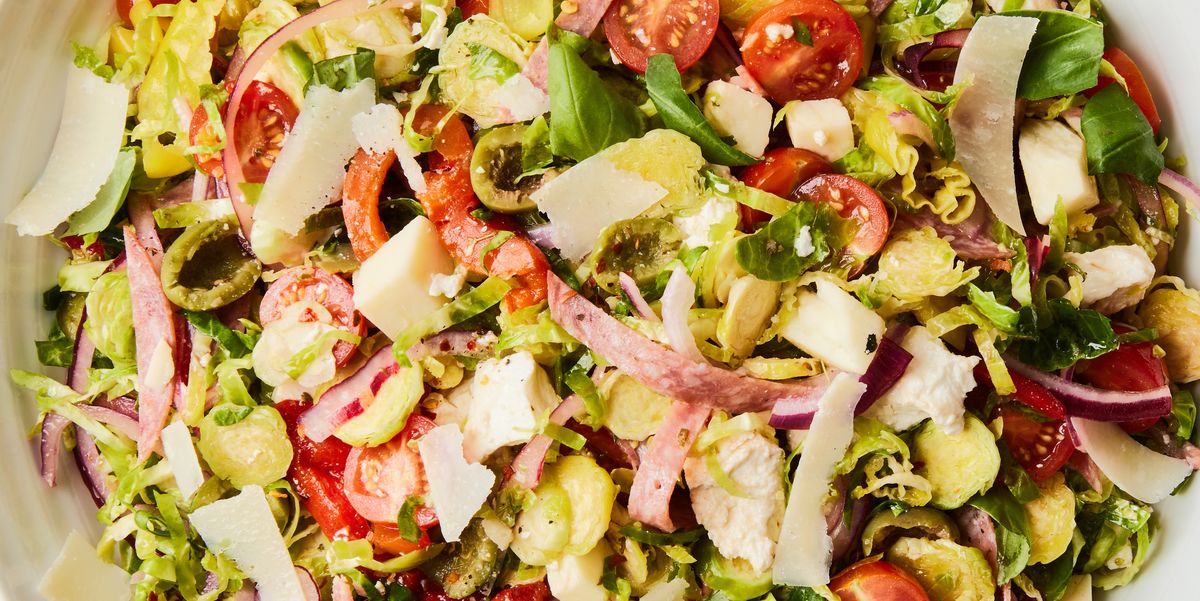
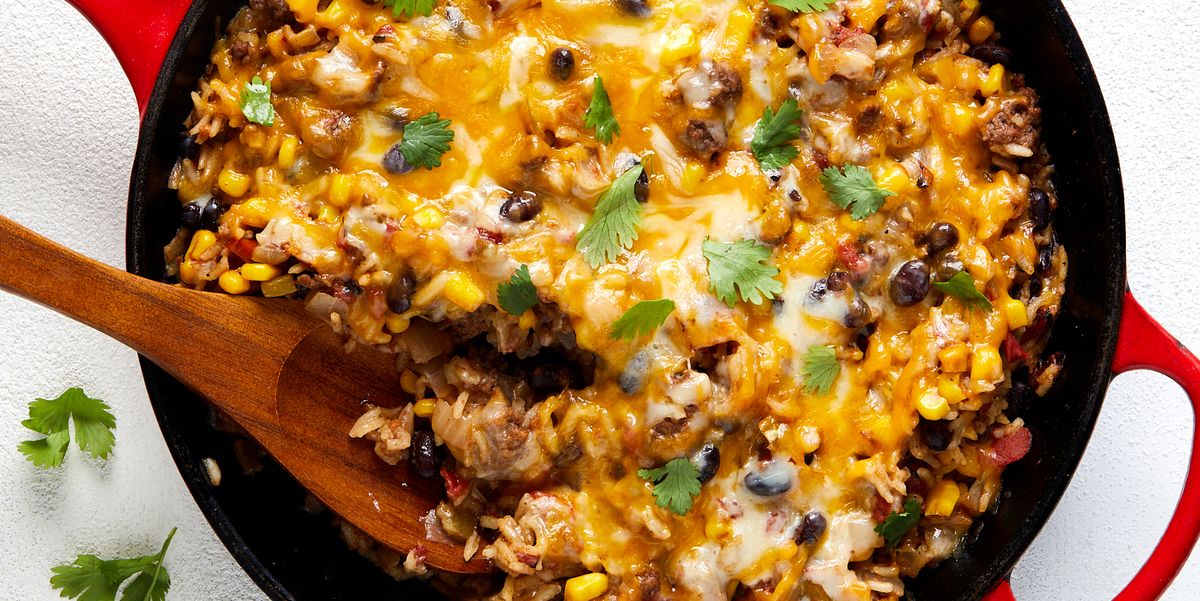
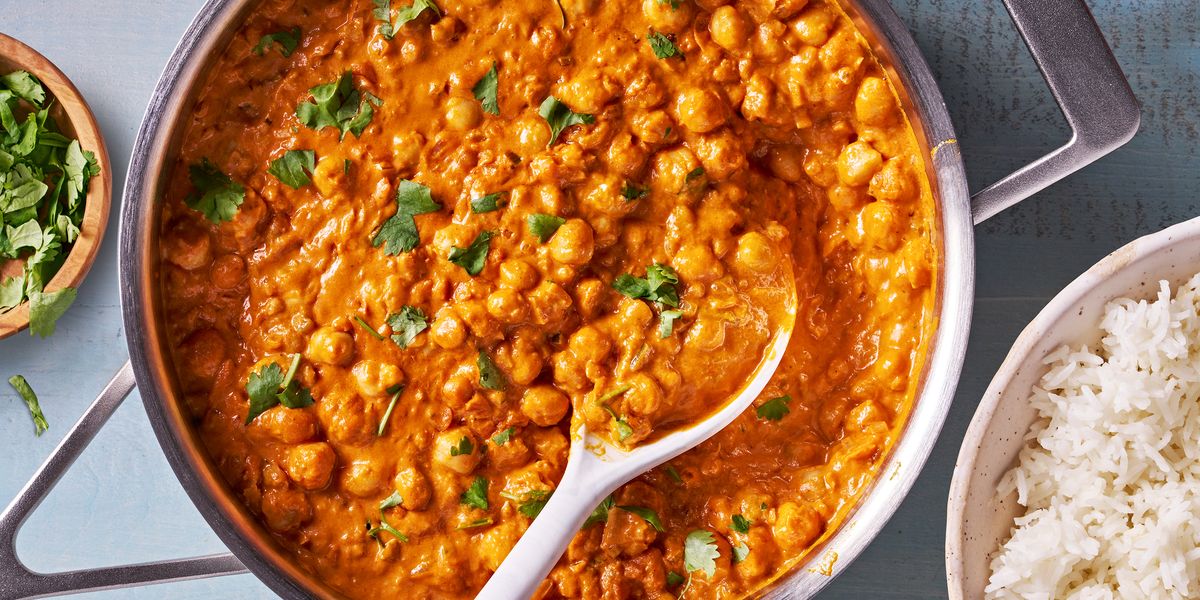

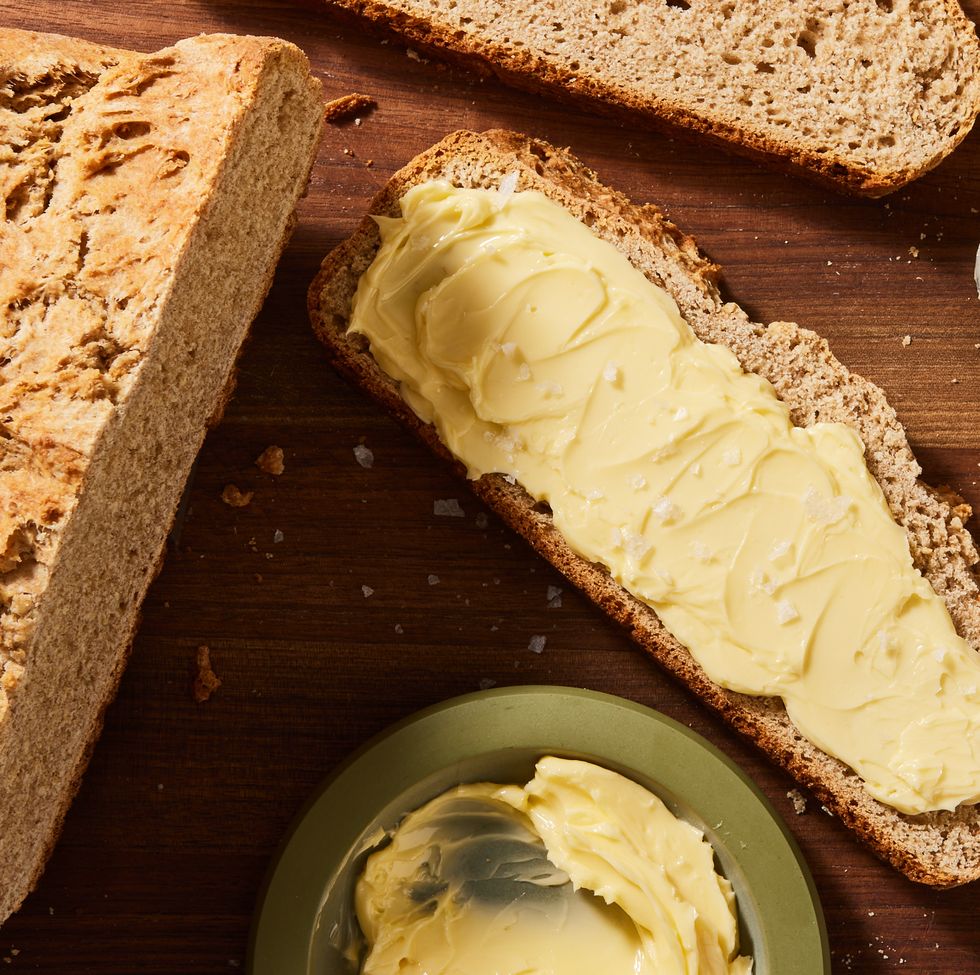
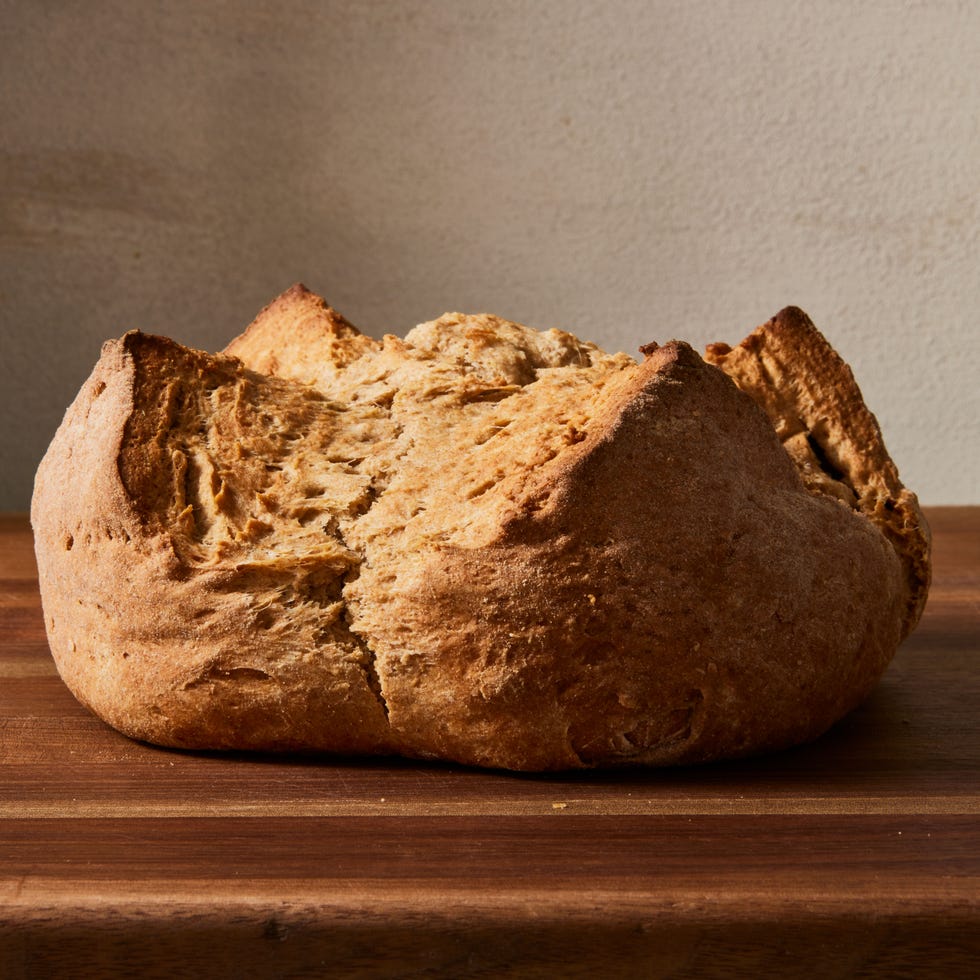






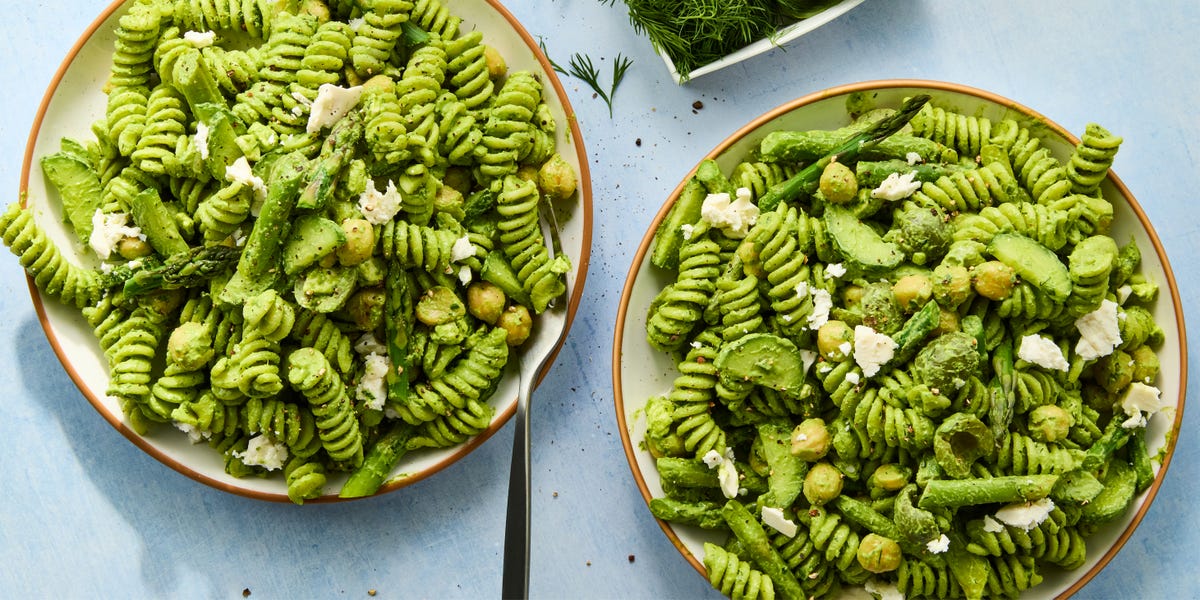


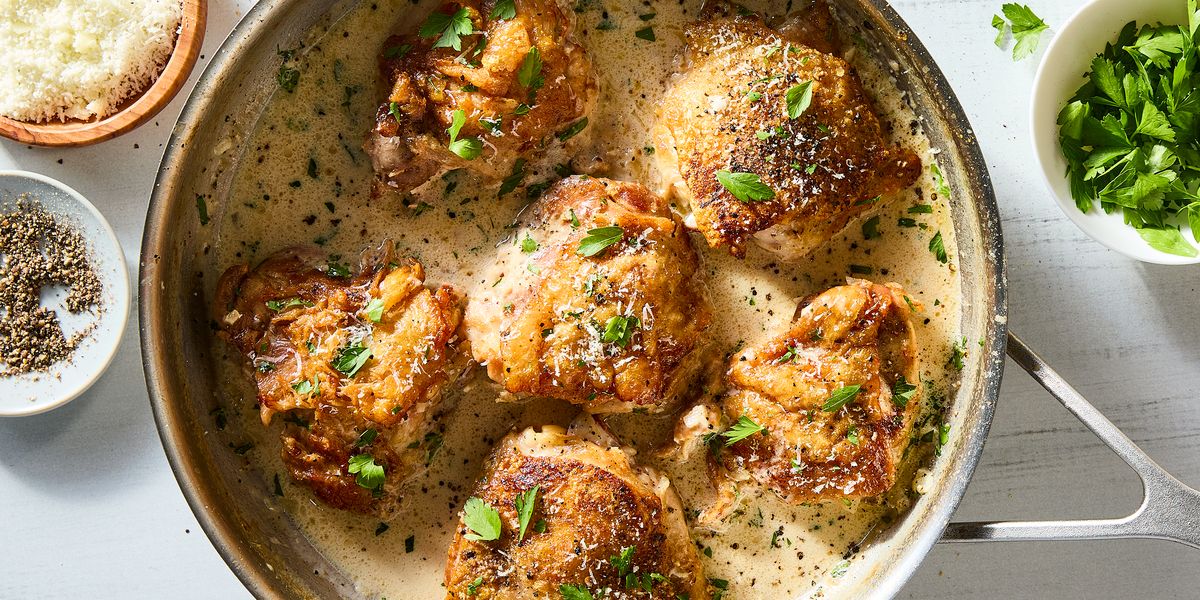

Leave a Reply